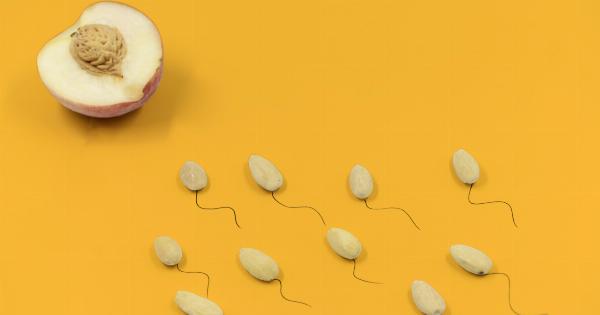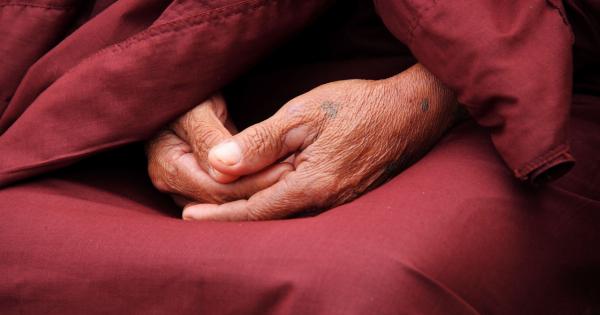Male reproductive system is one of the fundamental aspects of human anatomy. However, it is still an enigma to a lot of people. There are a lot of questions that people have about the male reproductive system but are not discussed openly.
These questions range from the basic anatomy of the male genitals to the intricate details of how the reproductive system functions. In this article, we will unravel the enigma of the male reproductive system by discussing its anatomy, hormones, and functions.
The Anatomy of the Male Reproductive System
The male reproductive system is composed of different organs that work together to produce sperms, transfer them to the female reproductive system for fertilization, and produce hormones responsible for male sexual characteristics. These organs are:.
The Testicles
The testicles, also known as testes, are a pair of oval-shaped glands located in the scrotum, a pouch of skin that hangs outside the body and below the penis.
The testicles are responsible for producing and storing sperms as well as producing testosterone, the hormone responsible for male sexual characteristics such as deep voice, facial hair, and muscle mass.
The Epididymis
The epididymis is a coiled tube located above each testicle. It is responsible for storing and transporting sperms from the testicles to the vas deferens during ejaculation.
The Vas Deferens
The vas deferens is a tube that connects the epididymis to the urethra, a tube that carries urine from the bladder and semen from the ejaculatory ducts out of the body through the penis.
The Seminal Vesicles
The seminal vesicles are two small glands located behind the bladder. They are responsible for producing a fluid that mixes with sperm to form semen.
The Prostate Gland
The prostate gland is a small gland located below the bladder. It is responsible for producing a fluid that mixes with sperm and seminal vesicle fluid to form semen.
The Bulbourethral Glands
The bulbourethral glands, also known as Cowper’s glands, are two small glands located below the prostate gland.
They are responsible for producing a fluid that lubricates the urethra and neutralizes any acidic urine left in the urethra before ejaculation.
Hormones Involved in the Male Reproductive System
The male reproductive system is controlled by different hormones secreted by the pituitary gland, hypothalamus, and testicles. These hormones are:.
Follicle-Stimulating Hormone (FSH)
FSH is a hormone secreted by the pituitary gland that stimulates the testicles to produce sperms.
Luteinizing Hormone (LH)
LH is a hormone secreted by the pituitary gland that stimulates the testicles to produce testosterone.
Testosterone
Testosterone is a hormone produced by the testicles that is responsible for male sexual characteristics such as deep voice, facial hair, and muscle mass. It is also responsible for producing sperms.
Functions of the Male Reproductive System
The main functions of the male reproductive system are:.
Sperm Production
The testicles are responsible for producing and storing sperms. Sperms are then transported from the testicles to the epididymis, vas deferens, and eventually to the urethra for ejaculation.
Ejaculation
Ejaculation is the process of releasing semen from the penis. Semen is composed of sperms, fluids produced by the seminal vesicles, prostate gland, and bulbourethral glands.
Sexual Function
The male reproductive system is responsible for male sexual function. This includes the ability to achieve and maintain an erection, arousal, and orgasm.
Conclusion
The male reproductive system is a complex and intricate system that is responsible for producing sperms, transferring them to the female reproductive system during sexual intercourse, and producing male sexual characteristics.
Understanding the anatomy, hormones, and functions of the male reproductive system is important for maintaining a healthy and functional reproductive system. It is also important for addressing issues and concerns related to male reproductive health.




























